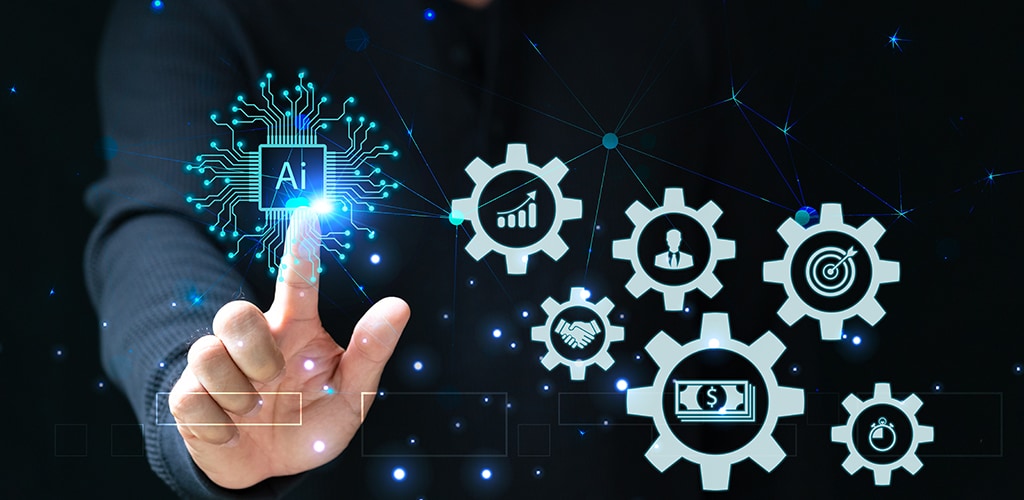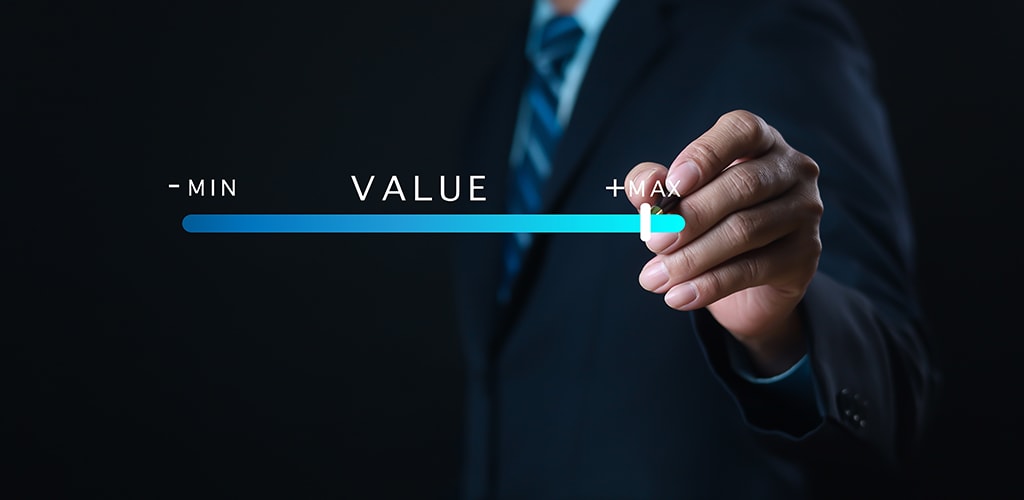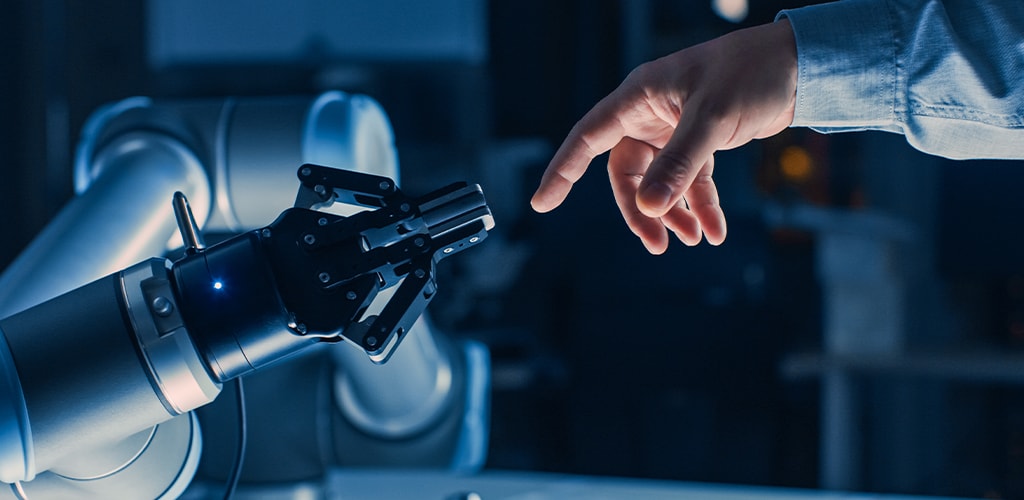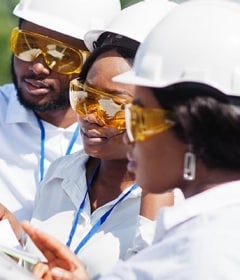
TE Stories
Engineering the Future
TE Connectivity and Clarivate on what’s next for innovation
Innovation at the Speed of Change
In our increasingly connected world, innovation is no longer a linear process; it’s a dynamic, high-velocity race.
As industries transform in lockstep with one another and technologies intersect, leading innovators constantly rethink how they invent, collaborate and protect their ideas.
This blog brings together two distinct yet complementary perspectives on successful, dynamic innovation. Phil Gilchrist, Vice President and Chief Transformation Officer for AI and Sustainability at TE Connectivity, shares how one of the world’s leading industrial technology companies is evolving its R&D strategy to stay ahead. Meanwhile, Ed White, Head of the Clarivate Center for IP and Innovation Research, offers a data-driven view of global innovation trends, drawn from the recently published Top 100 Global Innovators 2025 report.
Together, they explore how organizations thrive in an era defined by convergence, complexity and the ascendant power of artificial intelligence (AI).
In a world where innovation cycles are measured in months, not years, organizations must strike a delicate balance between speed and precision. For TE Connectivity, that balance begins with staying close to the customer.
We listen to our customers closely and focus on moving at their speed, creating the products they need, and when needed.
- Phil Gilchrist,
- Vice President & Chief Transformation Officer, AI & Sustainability, TE Connectivity

“Naturally, we’re constantly studying the markets, making future product, technology and M&A calls on what we believe a market will need.”
This customer-centric approach is supported by TE Connectivity’s vertically integrated business units and a culture of accountability that rewards thoughtful risk-taking. It’s not just about moving fast — it’s about moving smart.
“Innovation that nobody buys is another word for waste,” Gilchrist adds. “We reduce risk by being as close to the customer as possible, understanding their context and needs.”
From the perspective of the Clarivate Center for IP and Innovation Research, this philosophy is echoed in their research.
“The most successful innovators today are those who combine speed with strategic foresight,” says White. “They’re not just reacting to change, they’re anticipating it, using data to guide decisions and IP to protect their most valuable ideas.”
Increasingly, that data includes patent intelligence — a rich and often underutilized resource — that can reveal white space for innovation, identify emerging technologies and even spotlight potential partners for co-Development. By analyzing global patent trends, organizations can align R&D investments with unmet market needs and stay ahead of competitors in fast-moving sectors.
For leading innovators, this adaptability is no longer an optional ‘extra’. It’s a core competency. The ability to pivot, to learn and to integrate new technologies quickly is what continues to separate the innovation leaders from the rest of the field.
AI is no longer a future consideration; it’s a present-day catalyst reshaping every stage of the innovation lifecycle. At TE Connectivity, AI is already delivering measurable impact across product design, manufacturing and quality assurance.
AI will transform all of our core processes.
- Phil Gilchrist,
- Vice President & Chief Transformation Officer, AI & Sustainability, TE Connectivity

“It allows us to discover optimal product designs far faster than the classic cycle of manual design iteration, all based on years of proprietary engineering and manufacturing knowledge, now captured in our proprietary large language model.”
TE is applying AI to accelerate tool design, optimize manufacturing workflows and enhance quality control through AI-powered imaging inspection. These capabilities are helping the company deliver better products faster without compromising on precision or performance.
White sees this shift in AI adoption and usage reflected across the global innovation landscape.
“AI is becoming the connective tissue of modern R&D,” says White. “It’s not just accelerating innovation, it’s amplifying it. The organizations that are integrating AI into their core processes will likely set the pace of innovation for the next decade.”
There’s a fundamental shift in how innovation happens in this golden age of automation. While AI can’t and shouldn’t replace human ingenuity, it has a force-multiplying effect, enhancing that ingenuity. The best outcomes will likely come from teams that combine domain expertise with data science fluency.
As AI continues to evolve, its role in research and development is shifting from supportive to strategic. The emergence of agentic AI, systems capable of autonomous decision-making and task execution, is poised to redefine how innovation happens at scale.
Innovation rarely happens in isolation. The most transformative breakthroughs are increasingly born at the intersection of disciplines, where materials science meets data analytics, where mechanical engineering meets AI. For TE Connectivity, this convergence is not just a trend; it’s a strategic priority.
While our business units are vertically integrated and focused on their markets, TE leverages its enterprise scale when it collaborates horizontally.
- Phil Gilchrist,
- Vice President & Chief Transformation Officer, AI & Sustainability, TE Connectivity

These are enabled by formal events like Techcon, where our top engineers come together annually in a physical location for a week to share the best ideas, and numerous other quarterly virtual events.
Technology supports this culture of purposeful collaboration. In 2024, TE introduced a proprietary large language model (LLM) trained on millions of internal documents, creating a knowledge repository accessible to engineers across the organization. It’s a powerful example of how AI can support not just product development but also knowledge sharing and organizational learning.
In a high-velocity innovation environment, failure is inevitable. But not all failure is equal. At TE Connectivity, the distinction between productive failure and poor execution is a cornerstone of its innovation culture.
We take a very practical approach to innovation.
- Phil Gilchrist,
- Vice President & Chief Transformation Officer, AI & Sustainability, TE Connectivity

We have a very robust culture of accountability that rewards customer success and helps us distinguish between types of failure — failure from inevitable unforeseeable causes and failure from poor execution.”
This pragmatic mindset enables TE to take thoughtful risks while maintaining operational discipline. Projects are managed through a classic stage-gate process, allowing the company to accelerate or terminate initiatives based on the best available information. This model supports agility without sacrificing rigor.
"When we stay close to the customer and leverage our culture of transparent product development, we increase sales revenue and reduce development risk," Gilchrist explains. “Swift decision-making and our culture of accountability help us move quickly when events don’t work out as hoped.”
White notes that this kind of structured adaptability is a hallmark of top-performing innovators.
“The pace of innovation today doesn’t eliminate the need for failure, it redefines it,” says White. “The best organizations aren’t afraid to fail, but they fail fast, learn quickly, and move forward with clarity."
As organizations race to adopt AI and embrace convergence, one principle remains constant: innovation is ultimately a human endeavor. At TE Connectivity, that belief is embedded in how teams are built and how technology is deployed.
This people-first approach is not just about capability, it’s about chemistry. Bringing together technologists, engineers and data scientists on the same team creates a shared language and a shared mission. It helps solve problems that no single discipline could tackle alone.
The future of innovation isn’t just technical, it’s human.
- Ed White,
- Head, Center for IP and Innovation Research, Clarivate

“The right mix of talent, tools, and trust is what will define the next generation of breakthroughs.” As the pace of innovation continues to accelerate, the organizations that thrive will be those that stay grounded in this simple truth: great ideas come from great teams.


